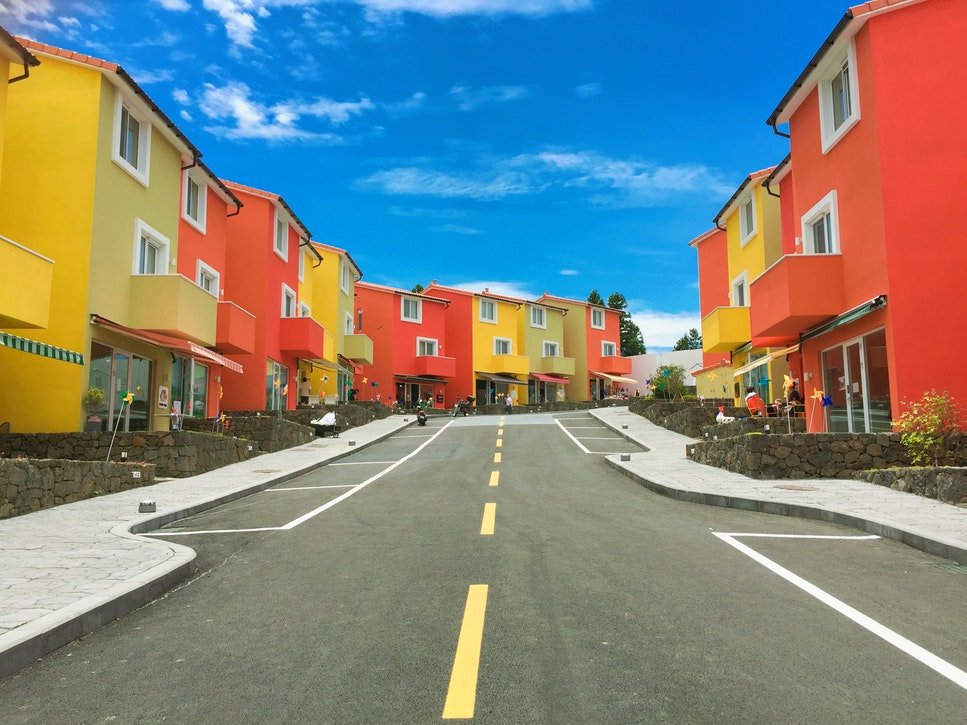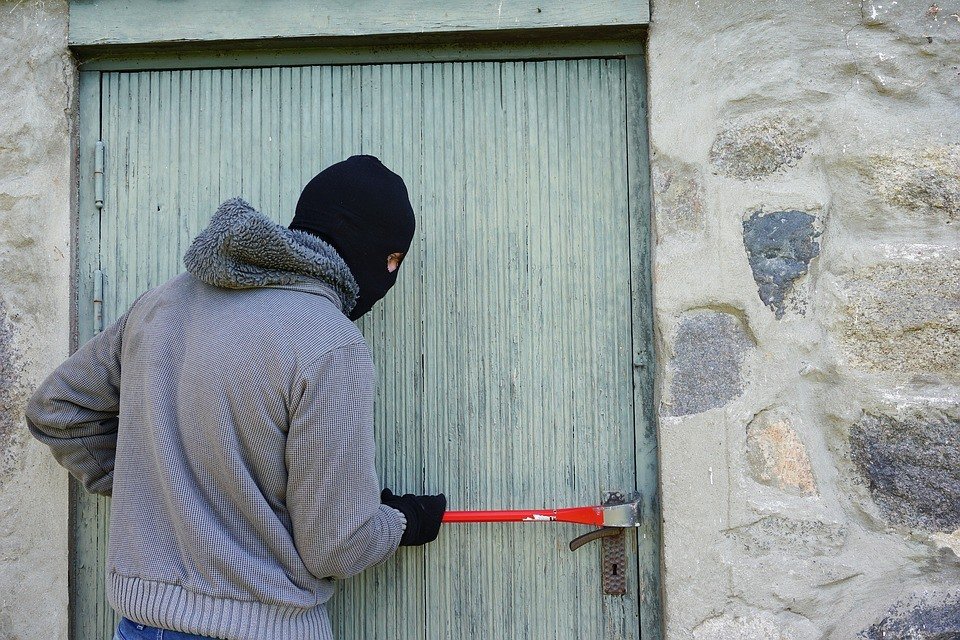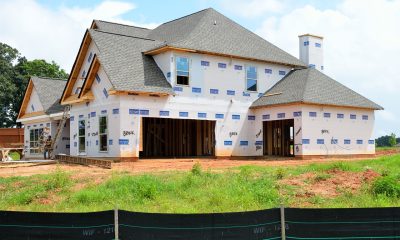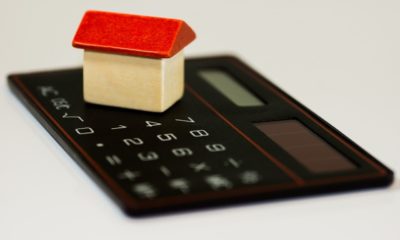Business
How neighborhood safety is influencing the price range of properties
Crime and safety are factors affecting the rise and fall of home prices. They can attract or disinterest potential home buyers.

If buyers have a strong desire to live in a fancy neighborhood, it’s not a coincidence. While walkable amenities are part of the charm, the real draw is a sense of security and safety. Buyers and tenants are willing to pay top dollar for this draw. Nearby neighborhoods, meanwhile, lack security and safety.
Is crime the culprit?
People crave safety and security in neighborhoods so they can enjoy the area freely without fear. If crime is present, fear looms and people scatter. Therefore, yes, crime factors into home price adjustments. If a few prices skyrocket, it raises the neighborhood’s value. The remaining home will raise their price to compete. When home prices spiral downward, it lowers the neighborhood’s value. The remaining homes lower the price due to the neighborhood losing its appeal and residents moving out in droves.
Factors decreasing home prices
Any indication of crime tampers with home prices. For unkempt neighborhoods, crime is a daily occurrence. The low prices, the neighborhood’s raggedy appearance, and troublemaking residents equal a bad reputation. Crime added on top of the neighborhood’s status won’t change perception. Likewise, suburbs and high-end neighborhoods create a safe and secure reputation. When crime threatens neighborhood safety, it’s a greater cause for concern. While a few incidents don’t decrease the entire neighborhood, continuous incidents will dampen the neighborhood’s charm. Expect residents to move out and warn their network to prevent new residents from moving in.
The real estate market measures neighborhood crime by yearly percentage, not case by case. When crime increases year to year, it affects businesses. New companies won’t build in neighborhoods with high crimes while existing businesses will leave. The chain reaction hurts the current residents’ access to local amenities like stores, restaurants, theaters, and gas stations. The domino effect continues to the local government. The government won’t spend taxpayer money beautifying bad neighborhoods or investing in hospital, police station, school, and library construction due to increased crime. Consequently, the neighborhood looks run-down and unattractive.

Robbery and aggravated assault are the most common crimes driving potential home buyers away. (Source)
Fortunately, not all crime is equal. Certain crime sprees have a larger effect on neighborhood value. Both Florida State University and Journalist’s Resource conclude robbery and aggravated assault as the primary incidents luring residents away. Homicides and burglary, while secondary, are influential enough to affect home prices. Additional non-crime incidents affecting home prices are sex offenders and police force budget cuts.
Factors increasing home prices
Low or reduced crime increases home prices. When a bad neighborhood becomes or when a good neighborhood maintains its reputation, home prices remain on the rise. Homes remain on the rise when word of mouth lures potential buyers and tenants to the area. Word of mouth generates buyer demand, and buyer demand drives home prices upward. The word of mouth that drives home prices upward relates to how safe, sound and secure the neighborhood is or how the neighborhood changed.
A neighborhood reaches the low or reduced crime rate by adding security features to the home and neighborhood. A neighborhood watch, neighborhood ordinance, after-school programs, responsive police force, and home security systems will lure crime away. Without a community dedicated to a safe and secure neighborhood, it won’t remain safe and secure.
In closing, neighborhood safety greatly influences whether home prices increase or decrease. Unfortunately, crime is everywhere and focusing only on crime isn’t fair to the neighborhood. True increase and decrease add up to crime plus the economy, buyer demand, inventory, and market value.
—
DISCLAIMER: This article expresses my own ideas and opinions. Any information I have shared are from sources that I believe to be reliable and accurate. I did not receive any financial compensation in writing this post, nor do I own any shares in any company I’ve mentioned. I encourage any reader to do their own diligent research first before making any investment decisions.

-

 Biotech1 week ago
Biotech1 week agoCAR-T Therapies: From Breakthrough Cancer Treatment to Faster, Safer, and More Accessible Immunotherapy
-

 Cannabis2 weeks ago
Cannabis2 weeks agoLuxembourg’s Cannabis Paradox: Legal at Home, Restricted Everywhere Else
-

 Fintech21 hours ago
Fintech21 hours agoPakistan’s Digital Finance Paradox: Growth, Fraud, and the Fight for Trust
-

 Crowdfunding2 weeks ago
Crowdfunding2 weeks agoCommunity Energies 2026: Funding Projects Combating Youth Loneliness

























You must be logged in to post a comment Login